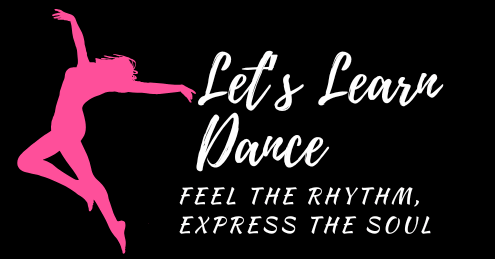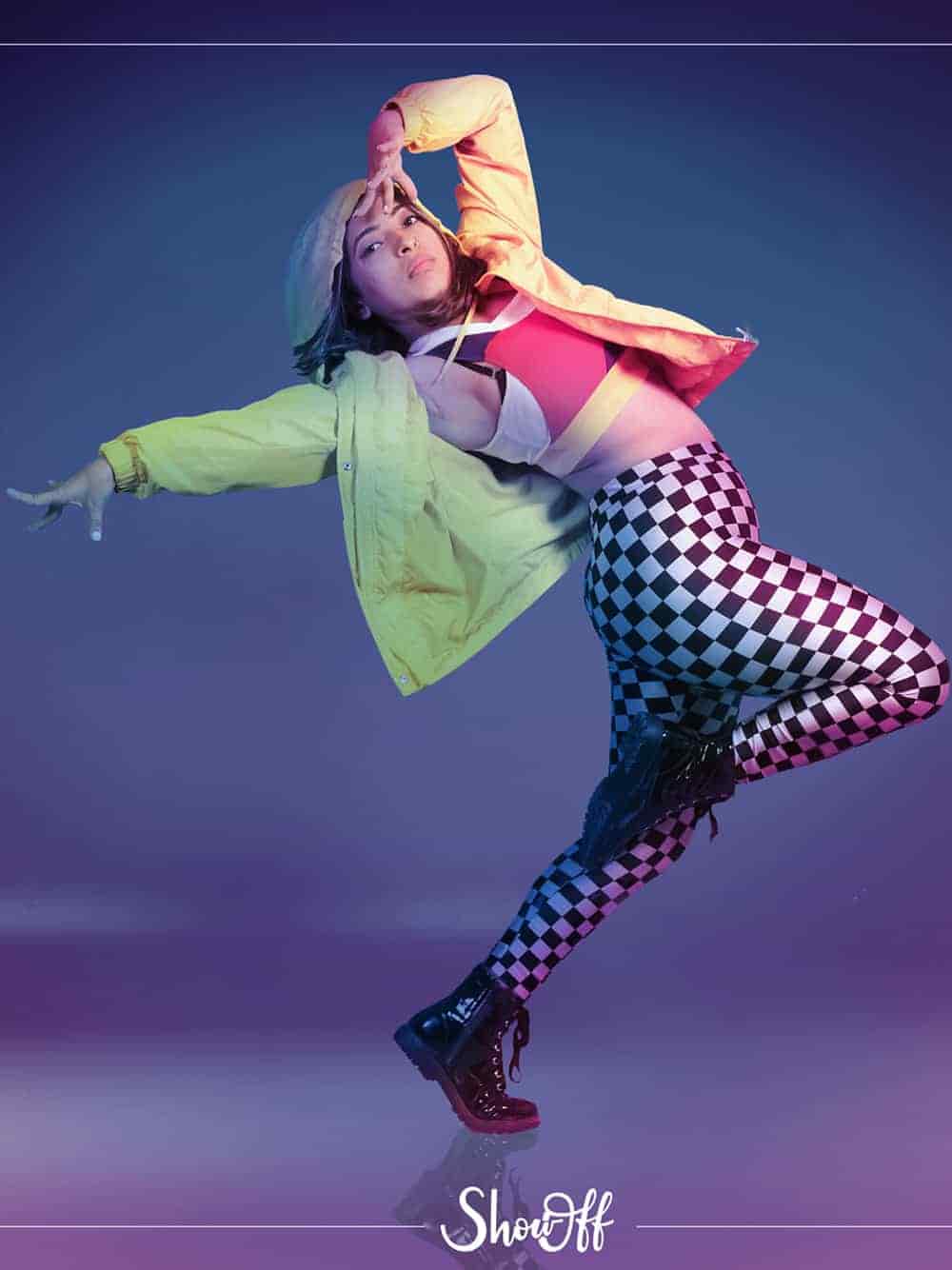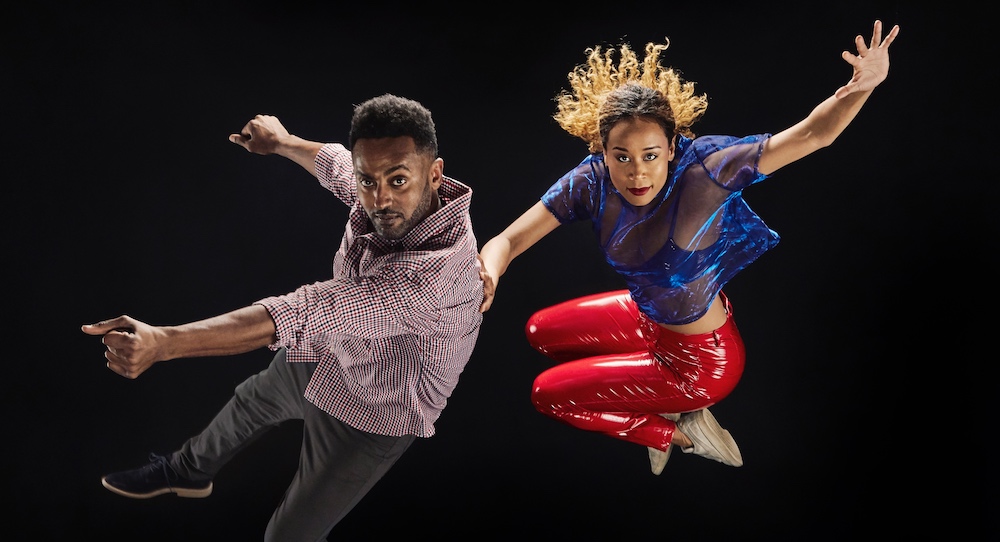
Jazz Dance: Origin, History and 5 Styles
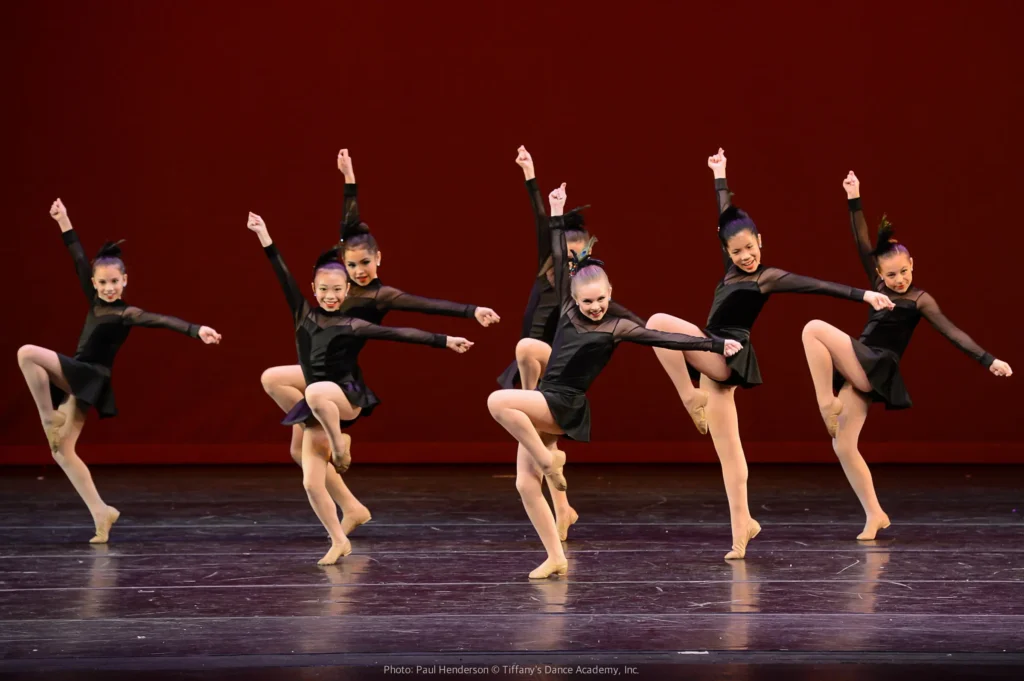
Origin of Jazz Dance?
Founded in rhythm, individuality and cultural fusion, jazz dance is an evolving, ever-changing, and enthusiastic form of dance. Jazz dance thrives on self-expression, liberated movement, and a deep, magnetic connection to the rhythm and soul of jazz music. Jazz dance supports a fluidity of style, allowing dancers to each perform, in comparison to other rigid or highly organized dance forms. Jazz dance’s importance has a strong connection to its early 20th-century African-American communities of origin. Jazz dance originated as a vibrant, dynamic, and creative form of movement that celebrates bold self-expression through action and rhythm. Early Jazz dance developed in social settings like clubs, streets, and parties where people freely danced to the substitutes of jazz music instead of receiving instruction in legally binding studios. This dance style was deeply intertwined with the rhythm, constantly echoing the improvisation, spontaneity, and offbeat syncopation that define jazz music.
Jazz dance transformed with the music. Jazz dance developed from being solely relaxing or enjoyable to being a storytelling method, a way of conveying feelings, and a venue for cultural expression. Jazz dance achieved a more advanced and technical foundation when it started to combine ballet, modern, and theatrical dance techniques.
Iconic History of Jazz Dance
A combination of cultures, musical growth, and changing social trends have all been represented in the extensive and diverse history of jazz dance. With the foundation in African-American dance traditions, it started in the United States at the turning point of the 20th century. Jazz dance started as a social dance and has evolved over time into a technical and theatrical performance art form which had an important effect on commercial dance, theatre and film. The dances which enslaved Africans brought to America are where Jazz dance got its beginning. These dances, which often included improvisation, polyrhythms, and isolated actions, were highly rhythmic, expressive and grounded. African dances were performed for cultural and emotional motives at celebrities and community functions. A new type of movement began to take shape when African cultures combined with European influences, especially in social and theatrical situations. By the early 1900s, African-American communities had emerged a distinctive dance form that supported the energy and rhythm of early jazz music, which was gaining recognition in places like Chicago, and New Orleans. These dances were largely unexpected and social, so they took place in streets, ballrooms, and clubs.
Jazz dance began to get increasingly popular in the 1920s, which has been referred to as the Jazz Age, especially in places like Harlem. Dances like the Lindy Hop, Black Bottom, and Charleston gained huge popularity. There was a lot of swinging, hopping, and syncopated footwork in these active, satisfying dances that often took place in pairs.
The 5 Iconic Style of Jazz Dance
You have heard of many dance styles but do you know that under Jazz dance many dance styles came. Here we are going to tell the different but popular type of dance style that you have never heard are as:
- Classical Jazz
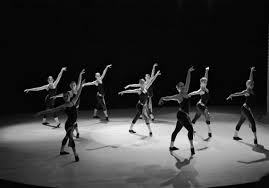
Classical Jazz Dance stands as one of the earliest and most iconic styles to gain widespread recognition within the jazz dance genre. Classical Jazz dance initially developed in the early 1900s and emerged alongside jazz music, particularly including European dance forms such as Ballet and African-American dance traditions. Because the situation includes structure and technique while retaining the original elements, classical jazz is often viewed as the “purest” form of jazz dance.
- Urban Groove Street Jazz
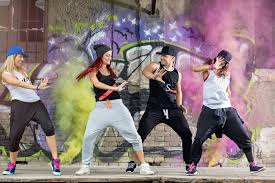
Street Jazz, often known as Jazz Funk, is a lively and modern fusion style that blends the bold attitude and rhythm of street styles like hip-hop and funk with the refined technique of classical jazz dance. Street dance is one of the most popular and well-known forms of jazz currently, especially in television shows, live performances, dance classes, and music videos. Street dance is basically a dance form which highlights the performance. The movements often reflect the beats and flow of modern pop, R&B, or hip-hop music and are fast, precise, and rhythmic. The urban taste of street jazz originates from the streets and club scenes where individuality and self-expression.
- Latin Jazz Dance

The important elements of traditional Jazz dance are merged with the lively influence of Latin American dance style to generate the energetic, passionate, and rhythmic style popular as Latin Jazz Dance. Fast footwork, hip isolations, fluid torso actions, and a longing sense of rhythm and melody are its specific unique features. Latin Jazz dance, one of the most vibrant and expressive branches of jazz dance, blends the fiery pulse of Latin rhythms with the soul of jazz music, It serves as a lively celebration of cultural fusion, embracing core jazz elements like isolations, contractions, improvisation, and polyrhythms, while infusing dynamic movements from Latin dance styles such as salsa, mambo, cha-cha, samba, rumba, and merengue.
- Lyrical Jazz
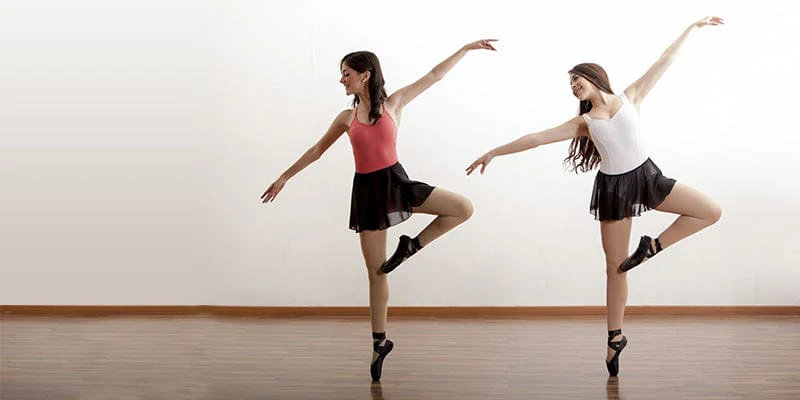
An interesting combination of ballet, jazz and modern dance, lyrical Jazz dance highlights via movement to tell narratives. Lyrical jazz, known for its creativity, mobility, and musicality, allows dancers to convey strong feelings, and narratives which are affected by a song’s lyrics and mood. It is a famous style between dancers and audiences equally since it merges the technical precision of classical dance style with the pure emotional effect of performance. Lyrical Jazz dance, rising to popularity in the late 20th century, draws its foundation from the graceful techniques of ballet blended with the expressive flair of traditional jazz. It emerged as choreographers gazed over a more expressive and emotionally demanded technique of music understanding. Modern dance adds groundedness and organic movement, jazz adds rhythm and sharpness, and ballet adds discipline and grace.
- Groove-Infused Funk Jazz
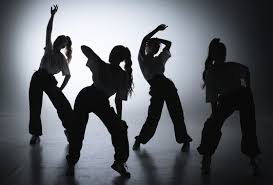
Funk Jazz dance is a high-energy, vibrant style that fuses the sharp, stylized movements of jazz with the infectious rhythm and soulful grooves of funk music. While funk music began to develop in the decade of 1970s, this genre quickly became popular for its brave rhythmic flair and ability to combine jazz’s technical precision with funk’s soulful attitude. Funk jazz is basically a dance style which highlights performance. While it had its foundation in traditional jazz dance, it differentiates itself through the use of body isolations, street styles, and musical interpretations that are reminiscent of the funky beats and beats inspired by legendary artists such as Sly and the Family Stone, Parliament-Funkadelic, and James Brown.
